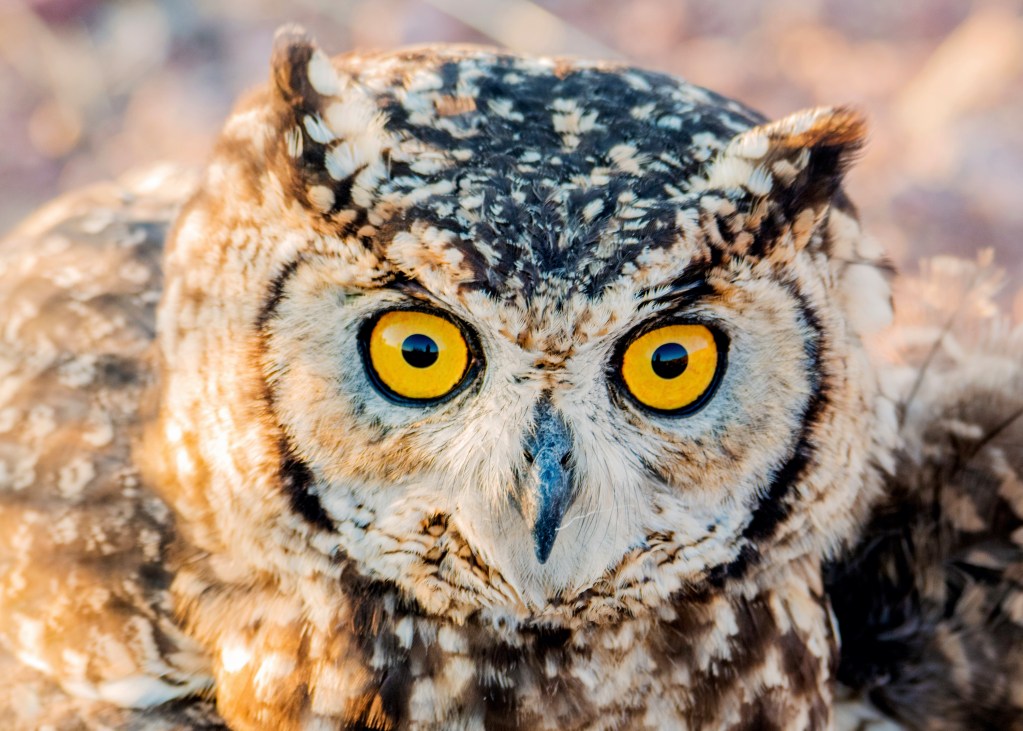We’ve all seen hilarious video clips of dogs busting a move and “dancing” out of excitement, but have you ever seen a trio of owls get taken by the rhythm of the music? Well, you still won’t with this video clip because one of these owls just does not care, but its two little buddies do their best to bust a move.
Posted to the r/AnimalsBeingDerps subreddit, this video features a woman dancing with three little owls — to varying degrees of success. (Regardless of their dancing skills, these are some of the cutest owls we’ve ever seen.)
The video starts out with the woman moving her head to the beat of “I’m Shipping Up To Boston” by Dropkick Murphys, and she’s quickly followed by the owl in the middle and on the right. Our friend in the middle seems quite taken with the view, not once looking away from the camera once the song begins.
The owl on the right — the first to “dance” — demonstrates the most movement, but also gets distracted by something off-camera halfway through. Hey, we’ve all been there. Sometimes, you’re having a good time on the dance floor, but the call of a high-top table and bar snacks is too strong. (And despite whatever was attracting this owl, they still tried their best to complete the routine.)
The owl on the left, however, never even lifts their head from its perch atop the woman’s arm — this bird is not here for any of this. (Let’s be honest — we’ve all been there, too.)
This behavior did, however, make it a fan favorite among Redditors. YukikoBestGirlFiteMe noted,” I love how the one on the left doesn’t even bother.”
DrKyoushu added,” “Me at every enforced company ‘fun’ event.”
Redditor cantfindmykeys mused, “He’s the most punk of the bunch. Not gonna conform to the trend.”

Why do owls bob and weave their heads?
So technically, what these owls did isn’t really dancing. Owls bob and weave their heads regularly — this time, they just happened to match it up (sometimes) to music. According to the National Audobon Society, this is totally normal behavior for a lot of birds of prey.
Owls’ eyes are in a fixed position, meaning they can’t move their eyes around the way humans do. Instead, an owl will move its entire head, enabling it to judge its surroundings and figure out where things — namely prey — are located. (Which, uh, makes us a little bit worried about what, exactly, the owl on the right was looking at when the video clip ended.)
It should also be noted that owls are definitely birds of prey — which means that Harry Potter lied to all of us and they should never be taken in as pets. (If you’re looking for a bird companion, there are plenty of other great options, whether you’re living in a cramped apartment with thin walls or would like a pet with the prettiest song.)
Editors' Recommendations
- Video: Parrots playing basketball is the best thing we’ve ever seen
- Funny birds video: Check out these parrots playing peekaboo
- Why is my hamster trying to escape? These are the 3 reasons
- This adorable video is proof that jaguars are really just big house cats
- Try these tips to make the perfect toys for your bird at home


